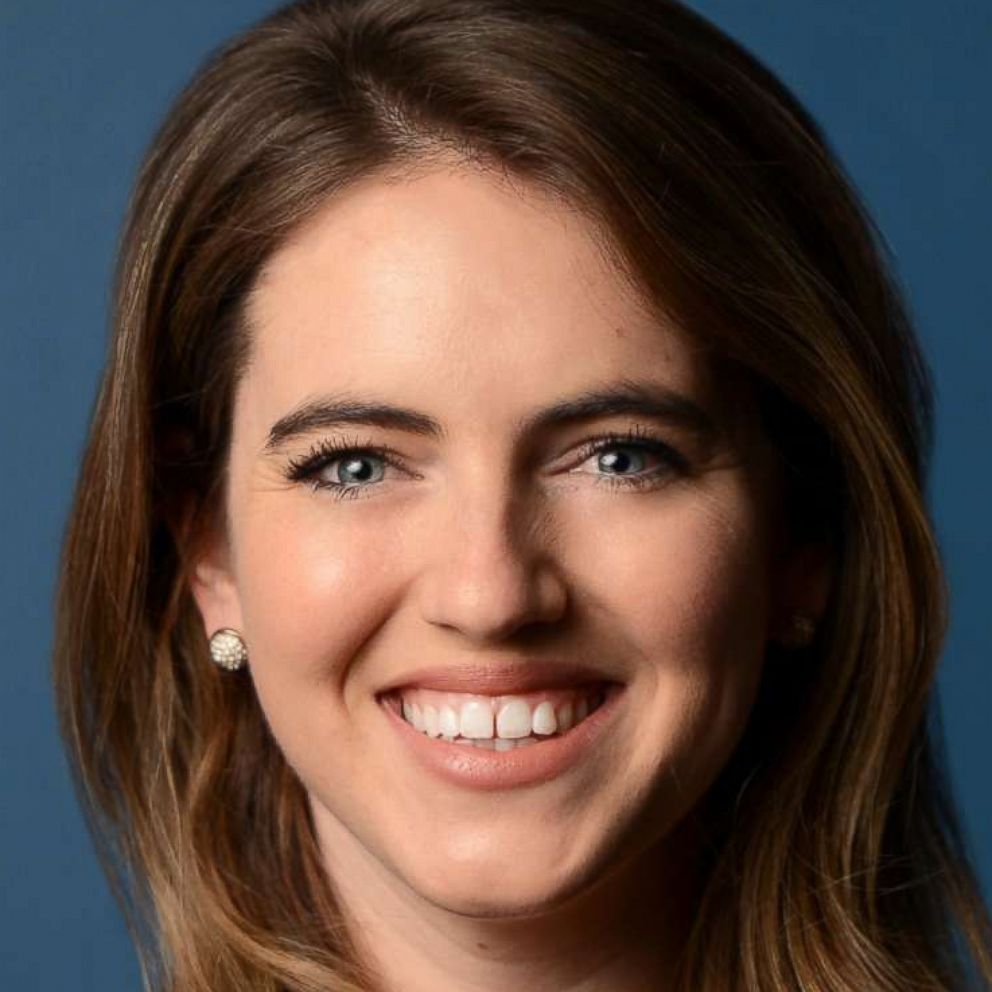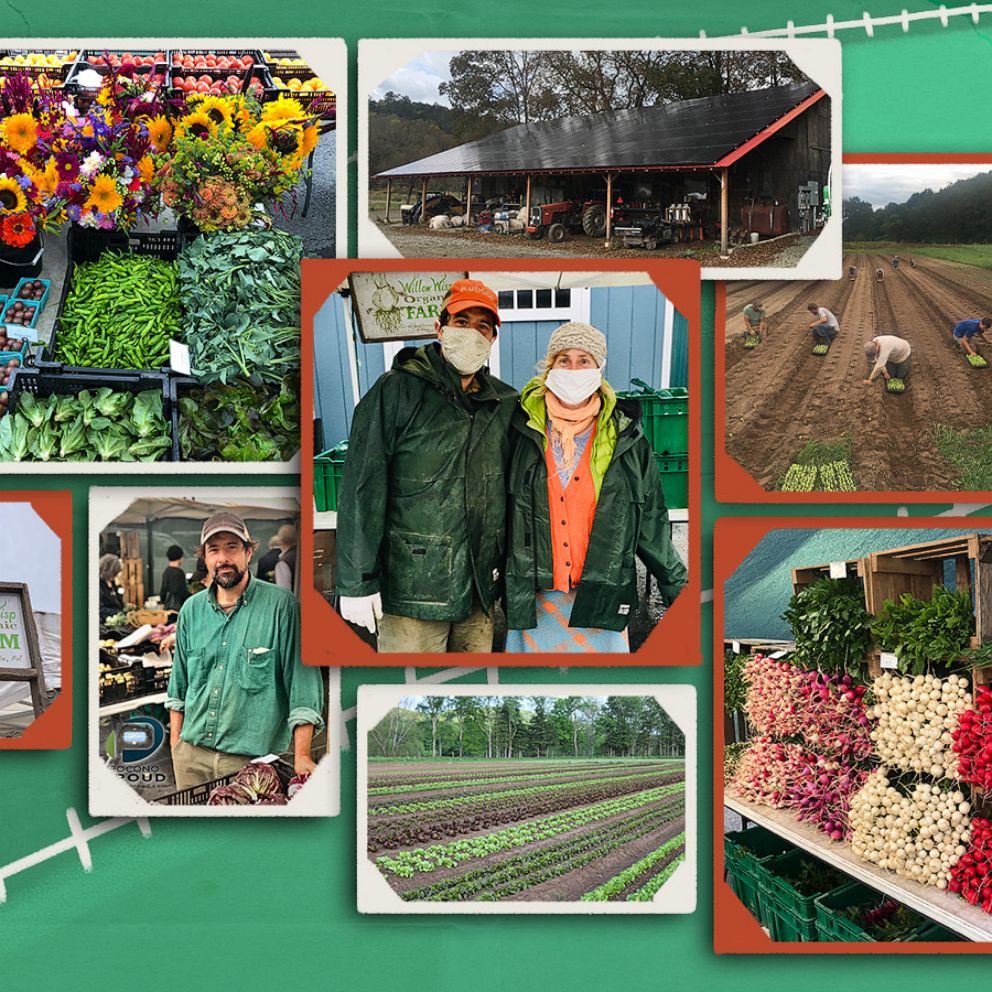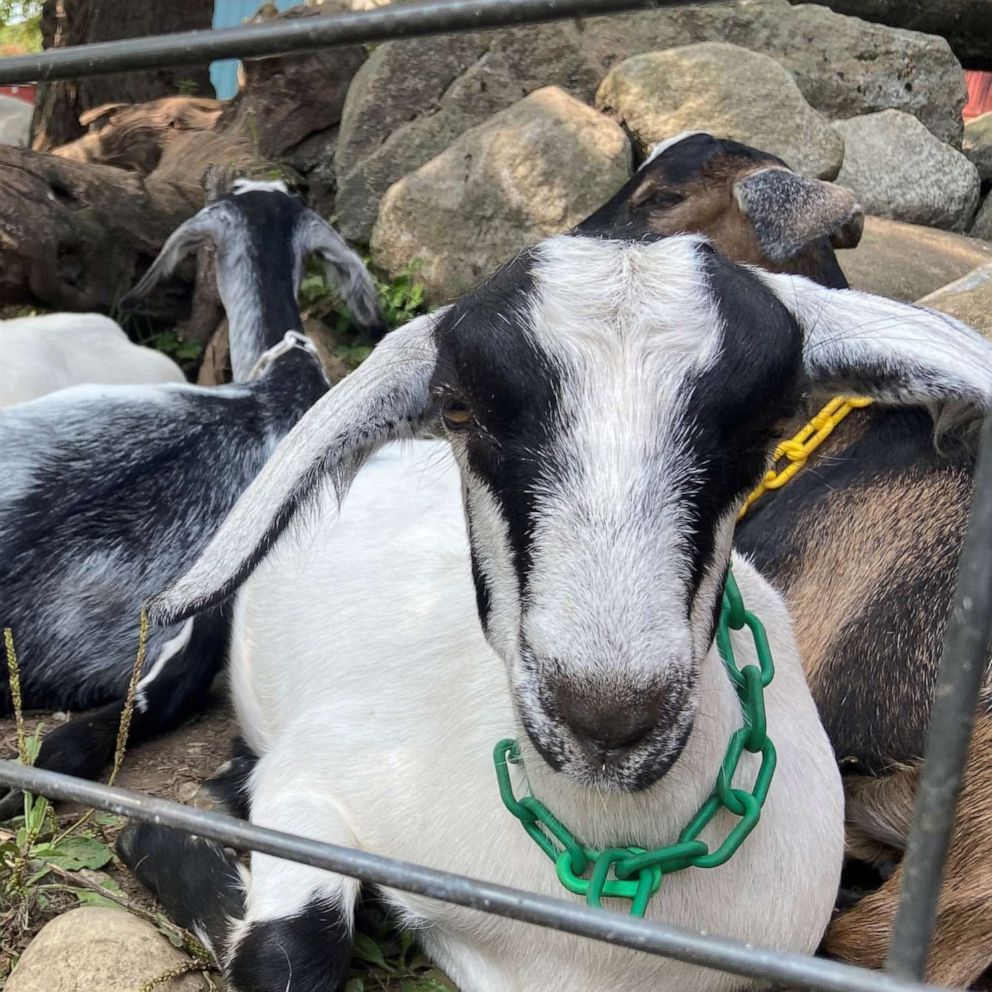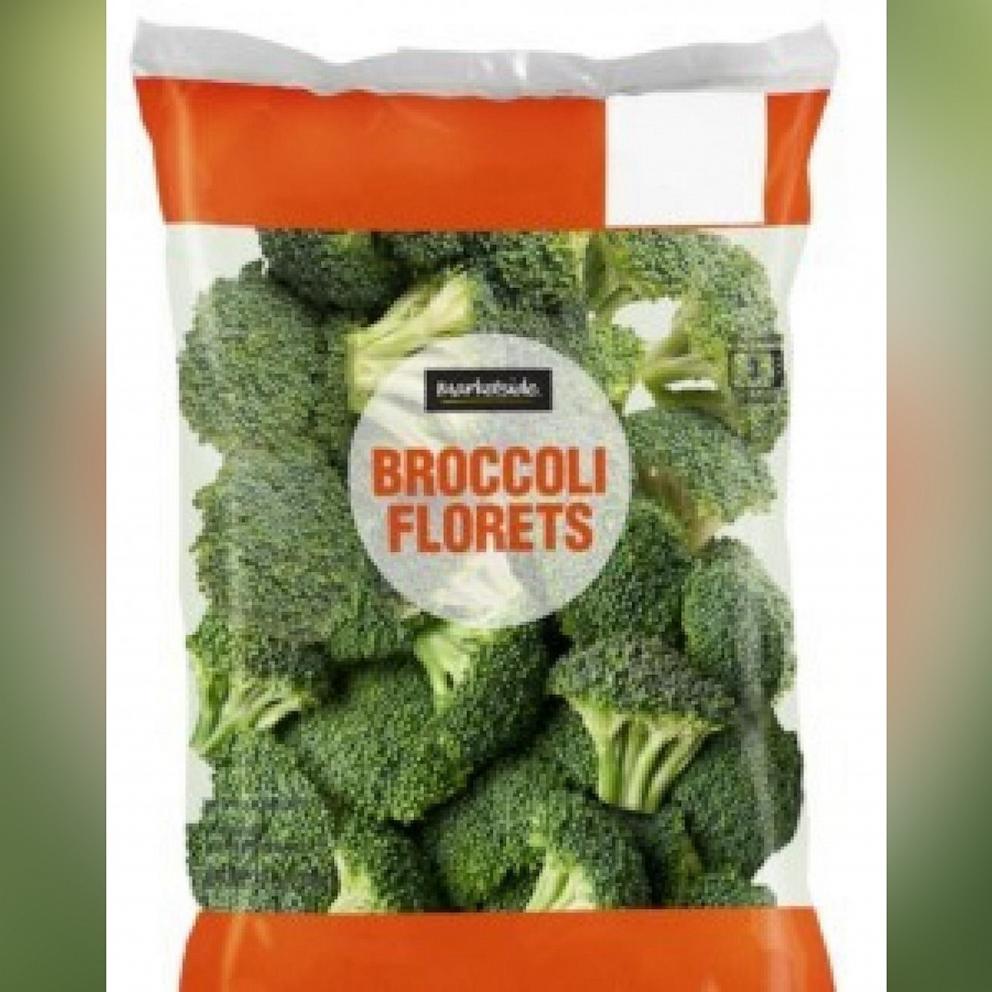What is regenerative agriculture? Farmers, experts share the keys to biodiversity

Farmers are stewards of everything from soil and the crops that pop out of it to the microbes teeming with life underneath the surface, which together creates a biodiverse environment that enriches and renews the land for generations to come.
Culinary and agriculture power couple Matthew and Tia Raiford, along with Matthew's sister Althea Raiford Billingsley, are shining examples of how to work with the environment rather than against it at their inherited 50-acre farm along the coast of Brunswick, Georgia.
"There's a lot of words that are used -- regenerative organic agriculture, intercropping, 'the old way,'" Matthew Raiford told "Good Morning America" of the farming practices intrinsic to Gilliard Farms, which sits on the land his great-great-great-grandfather purchased as a free slave in 1874.
Quoting his sister, he said they can either do one of two things: "Either we're trying to argue with Mother Nature or we're having a conversation with Mother Nature -- and the time that you really come out on top and help everyone is to work with Mother Nature."

"Not one of the three of us just own this. We're stewarding to ensure that not only our family has a legacy that can continue on, but the soil has a legacy that it can continue on," Tia Raiford said.
The trio have long cultivated a wide variety of crops harvested by hand, forage wild seeds to develop heirloom varietals, grow cut flowers to improve pollination, and continually work to educate others on environmentally-friendly methods to serve as a model for others in agriculture.
"My children are the seventh generation to have planted, harvested and eaten a crop off of this land. We are always and consistently looking at and listening to the plants -- which is a very timely conversation around climate change and planting," Matthew Raiford said.

In a world with a changing climate and micro-environmental nuances that vary based on region and land type, there are certain planting methods the Raifords implement in order to produce nutrient-dense food crops as well as ensure a thriving, biodiverse plot of land.
Sustainable farming at work: What is intercropping and companion planting?
"One of the things that we do at the farm is a lot of intercropping. Instead of just planting one crop and mono-cropping it, we plant plants together that can help feed each other, which helps improve the soil," Matthew Raiford explained. "We use a lot of intercropping and cover cropping to keep our soil and the environment going."
"That style of planting allows us to pull out two, sometimes three crops -- it's also a full meal from just those ingredients that we're planting and harvesting in similar timeframes," he added.
A "salsa garden" is another prime example of how "planting a mixed garden is beneficial to each other," Billingsley told "GMA" of the companion planting method. "All the things you put in there are the ingredients needed to make a really good salsa, but at the same time, each one of those require a different pollinator to make them extra productive, and they help season each other and actually gain flavor from the other one."
By paying attention to everything that grows on the land, including various weeds, the Raifords "identify any possible soil biology deficiencies that might be in place."
"Whenever we see pennywort, we know that there's excess of water in that particular area," Matthew Raiford said of the hydrotropic weed, which can be eaten like wild dandelions. "The root can be used as a substitute for coffee even and the dandelion itself is a bitter green that's good for your digestive system."
The family of farmers implement the Cornell University College of Agriculture's "system of rice intensive farming, where we plant rice and instead of flooding the field, we keep the root ball system at 60% moisture and intercrop with sea island red peas and rice peas that helps fix nitrogen into the soil," Matthew Raiford said of the climate-smart agroecological method that increases production and naturally helps improve the area.

Matthew and Tia Raiford, the "CheFarmer" co-founders of Strong Roots 9 who first met at the Culinary Institute of America, share over 70 years of combined culinary and farming expertise that has been recognized by Alice Waters and the Edible Schoolyard project, as well as the Rodale Institute, for their organic stewardship in the midst of unintended consequences of chemical-involved agriculture that has drastically changed our nation's food system.
"One of the key parts of being a well-rounded farmer that truly works within the environment they're in is not only listening to the land and paying attention, it's having conversations with those that have either been on the land before you or do something similar to what you're interested in," Billingsley said.

Wild staghorn sumac, a reddish-purple seed that grows in large bunches and has a slightly tart flavor, has grown on Gilliard Farms for decades and can be used for everything from indigenous lemonade to za'atar seasoning. In more recent years, they've planted hibiscus, turmeric, pineapple, garlic and ginger, all of which weren't traditionally grown on the land, but have proven to thrive in the Zone 9A, the tropic-like warm and wet climate of coastal Georgia.
Thinking to the future, Matthew Raiford said that detailed observation even when the work is tedious and difficult is crucial.
"Part of our planning and our stewarding at the farm is to try our best to stay consistent with the exchange of knowledge -- not just relying so heavily on just technology to give us the answers. Because Mother Nature has no idea that the technology is there," he said. "Our goal right now is to ensure there's another seven generations that can say the same things. It's intentional work."
The future of regenerative farms and agritourism
With more than a decade of real estate development under her belt, Lisel Morris has translated her passion for sustainable agritourism to start a consulting firm dedicated to helping small regenerative farmers and landowners.
"If you take care of the soil, the soil feeds the plants, the plants feed the animals and the plants and the animals feed you," she told "GMA" of how sustainably-minded farming is inimitable from the industrial model.
The Meter Haus co-founder, who spent a year and a half learning organic farming in France, Ireland and Italy, said she was initially struck by the need for positive agricultural impact while doing nonprofit work in India. "All the beautiful farmland around the orphanage was disappearing -- then they stopped cooking some of the traditional dishes and then they started serving Western preserved food," she recalled.
When Morris asked locals what was happening, she said, "Their answer was that they couldn't find the vegetables in the market anymore, and it was so shocking to me that it led to the beginning of a deep dive where I understood that fruits and vegetables were becoming extinct in our lifetime."

She recently worked with Wonderfield Farm, a legacy citrus grove formerly known as Banes Grove in Florida, where she's helping with its regenerative agritourism plans as the owners work to preserve agricultural distinction and natural resources like freshwater springs. Despite outside pressures to change their farming tactics for higher-yield fruits, Morris said "the citrus hasn't died" because the owners are "companion planting next to oaks, and they have this large spring dug all the way around the site to maintain an even temperature year round."
Morris likened support of local farms to buying American-made products: "We have small to mid-scale size farms that are able to pass down knowledge generation after generation on the same piece of land, and when we're not buying local, those farmers can no longer stay on that land and can no longer pass that knowledge on, and the land is gobbled up, aggregated, owned by corporations not thinking of long-term land stewardship, and that greatly affects our communities and what's being grown."
Hospitality that's rooted in eco-friendly farming practices is blooming at Wildflower Farms in Gardiner, New York, where seasonal, farm-to-table educational experiences are regularly highlighted for guests.
The property's resident farmer Will Conway, who oversees 3.5 acres with more than 50 different annual and perennial crops, has fostered practices like "cultivating a bed, which we call a bed flip, that happens three times a season," unlike industrial farms that "till and harvest each bed just once a season."
"The most important aspects would be composting, cover cropping, and of course, diversity," Conway said of the farm's sustainable initiatives. "Diversity in terms of what we’re planting in the garden, the varieties of fruits in the orchard and the variety of wild spaces we allow to cultivate."
No matter where it's put into place, the Raifords, Morris and Conway would all agree that the larger mission of regenerative, organic farms exists to support the supply and future of local nutrient dense food.







